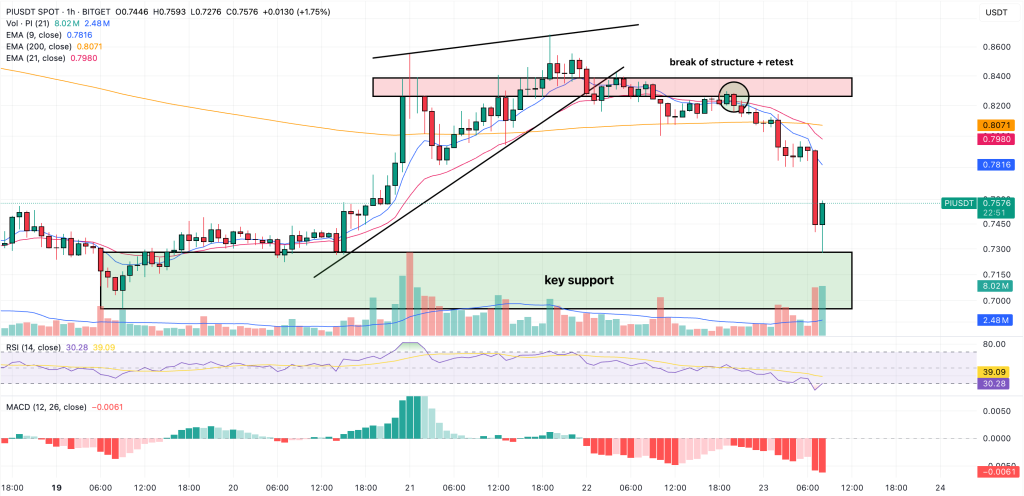Though most of the billions a year that the Gates Foundation spends go to health projects in Africa and Asia, about 10% goes to a much different program in the U.S. Its ambitious goal: improve public education from kindergarten through high school, especially in cash-strapped or underserved school districts—and then guide high school graduates to good jobs.
Using its signature combination of data-driven insights, a tech-industry-derived focus on return on investment, public-facing advocacy, and collaborations across a range of public and private entities, the Gates Foundation has quietly nudged school districts toward its core tenets. Those include a focus on math, especially algebra; professional development for teachers; and reform-minded experimentation.
Since the United States Program at the Gates Foundation began 25 years ago, it has partnered with more than 3,700 organizations—including school districts, colleges, nonprofits, community groups, research institutions, and businesses—across the nation. In that time, U.S. public education has improved by several important measures: Most notably, the high school graduation rate has risen from 71% in 2001 to 87% in 2022, the latest available data. The foundation can’t take all the credit for that improvement, says Allan Golston, who runs the Gates Foundation’s U.S. Program, but “we have certainly contributed to that, and are very proud of that.”
The program’s first problem mirrored what confounded the tropical-disease fighters in the foundation’s international operations: lousy data. Most high schools defined their graduation rate as the percentage of 12th-graders who graduated, ignoring all those who dropped out in the previous three years. With the help of the National Governors Association, all states now use the foundation’s comprehensive definition of the graduation rate, which of course produces lower numbers. That change alone shocked officials and parents into demanding action, but it was only a beginning.
Equipped with better data, the foundation identified some 2,000 “dropout factories” across the country, mostly in urban centers—schools with terrible graduation rates. They tended to be big schools, so the foundation reasoned that smaller schools with more individualized support and more engagement between students and teachers would yield better results.
The model worked, up to a point. In some of the big cities where it was tried, significantly more students graduated, went to college, and received bachelor’s degrees. But in other cities, improvements were modest.
Unfortunately, the model was also impractical as a nationwide template. For starters, breaking up a big high school isn’t easy. “There are 15,000 school districts in the U.S.,” says Golston. “Each has different contexts, different boards, different perspectives, different views on how to teach and what to teach.” The model was also expensive. New York City has kept many of these small high schools, and hundreds of high schools elsewhere have adopted the model successfully, but they’re a small proportion of America’s 24,000 public high schools. Bottom line, small schools are great, but in the real world not a broad-based answer.
Today the foundation focuses on factors that any school, regardless of size, can benefit from—improved curriculum, professional development of teachers, tutoring. Research has revealed the crucial importance of one course: algebra. “It’s a critical success factor to graduating and has a number of other predictive factors,” Golston says. Students who pass Algebra 1 in ninth grade are twice as likely to graduate from high school, more likely to enroll in and complete college, and better positioned for careers that increasingly require analytical skills. “It’s so significant in a student’s trajectory,” he says, “that if you could move that metric, you could unlock a lot of progress and success.”
More jobs every year require postsecondary education, which means focusing on high school graduation isn’t enough. The foundation wants students to get good jobs, so it helps them get a postsecondary credential with value—even if that doesn’t always mean a four-year college degree. It could be a two-year course, or some type of certificate, but research shows that momentum is critical: The student should ideally enroll immediately after high school.
The foundation’s U.S. Program is constantly experimenting, which by its nature proves some hypotheses and disproves others. “You see progress in certain parts, and that gives you some optimism,” Golston says. “It also gives you a sense of determination, because we cannot rest until those pockets of success for students aren’t pockets.”
This story was originally featured on Fortune.com
Credit: Source link










